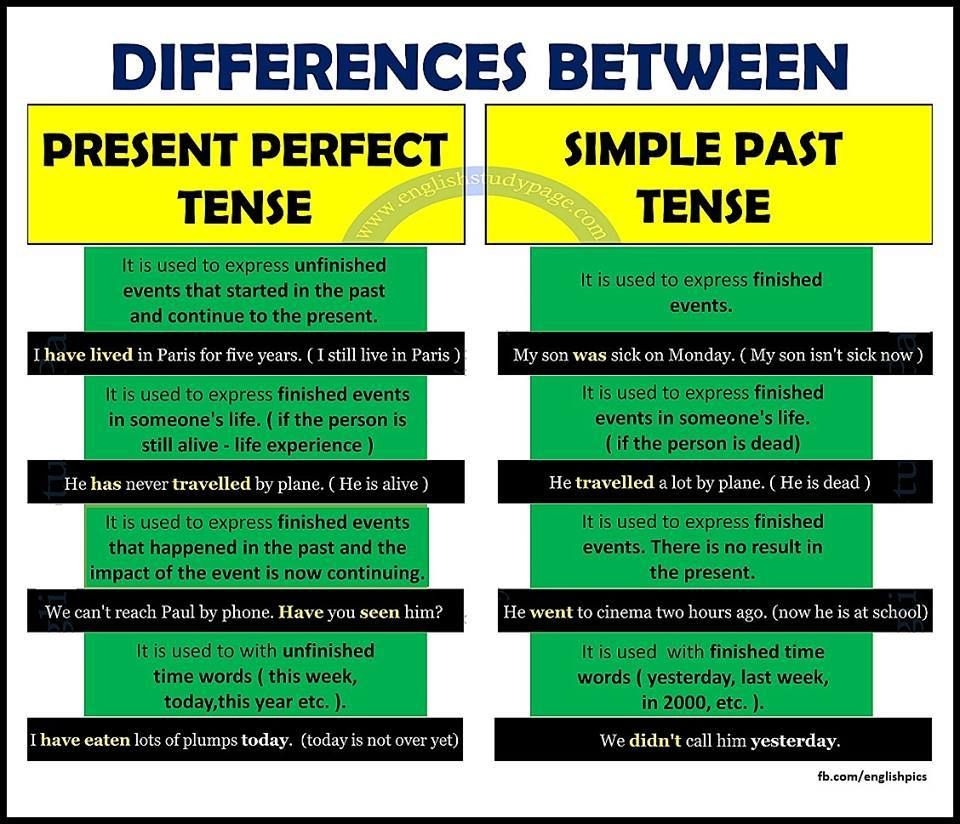When it comes to discussing past events in English, two of the most commonly used tenses are the present perfect tense and simple past tense. Both tenses have different uses and nuances, and it’s important to understand when to use each one correctly.
The present perfect tense is used to describe actions or events that have occurred at an unspecified time in the past, or actions that have a connection to the present. On the other hand, the simple past tense is used to talk about actions that were completed at a specific point in the past.
Present Perfect Tense vs Simple Past
One key difference between the present perfect tense and simple past tense is the time frame in which the action took place. The present perfect tense is used for actions that have happened at an unspecified time before now. For example, “I have visited Paris.” This sentence indicates that the action of visiting Paris has occurred at some point in the past, but doesn’t specify when exactly.
On the other hand, the simple past tense is used for actions that have a definite time frame in the past. For example, “I visited Paris last summer.” In this sentence, the action of visiting Paris is clearly stated to have happened during a specific time period in the past.
Another difference between the two tenses is the use of adverbs. The present perfect tense is often used with adverbs like “never,” “ever,” “already,” and “yet” to indicate the timing of the action in relation to the present moment. For example, “I have never been to Japan.” This sentence implies that the action of going to Japan has not occurred up to the present moment.
On the other hand, the simple past tense is typically used with adverbs like “yesterday,” “last week,” and “in 1999” to specify the exact time frame in which the action took place. For example, “I went to Japan last summer.” This sentence clearly states when the action of going to Japan occurred.
In conclusion, understanding the differences between the present perfect tense and simple past tense is crucial for effective communication in English. By using the correct tense in the appropriate context, you can convey your ideas more accurately and clearly.
